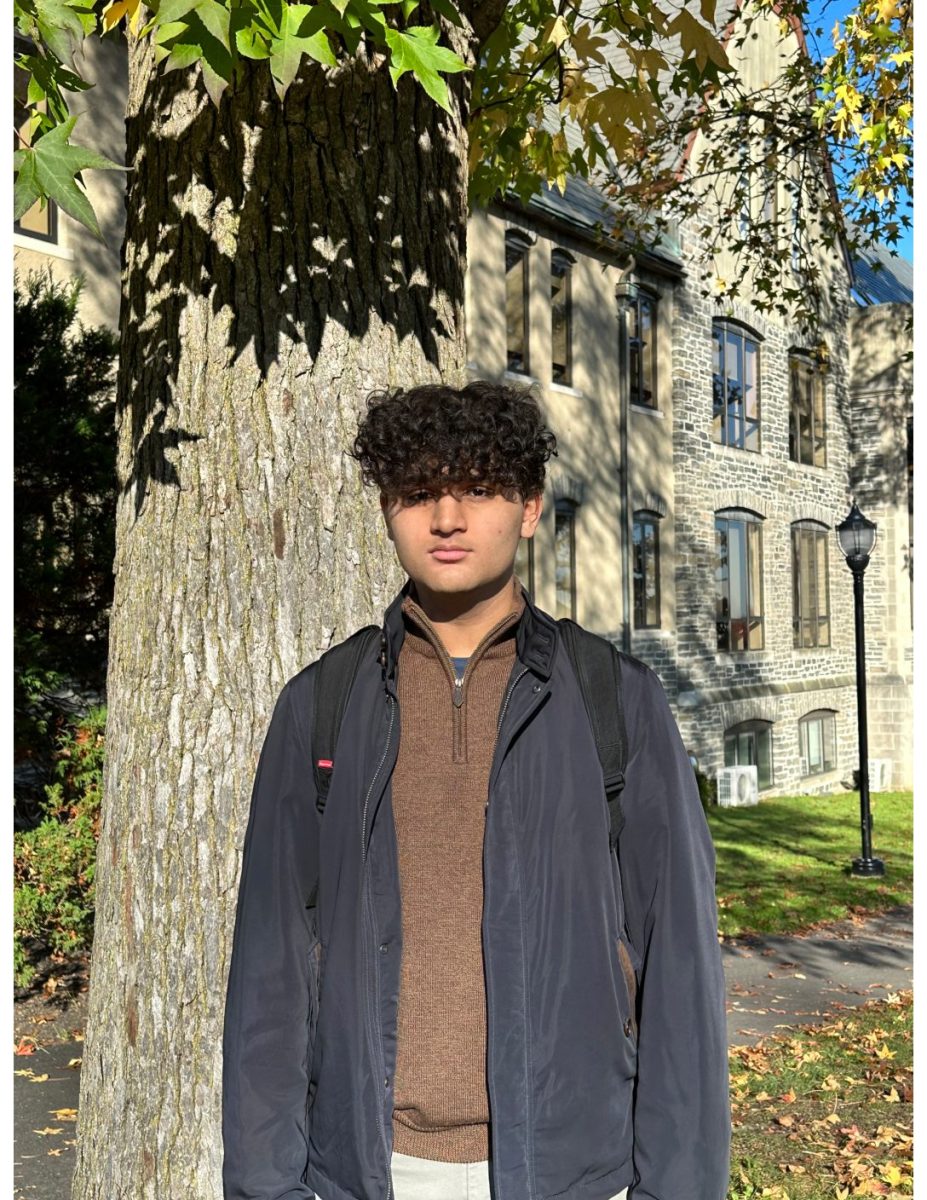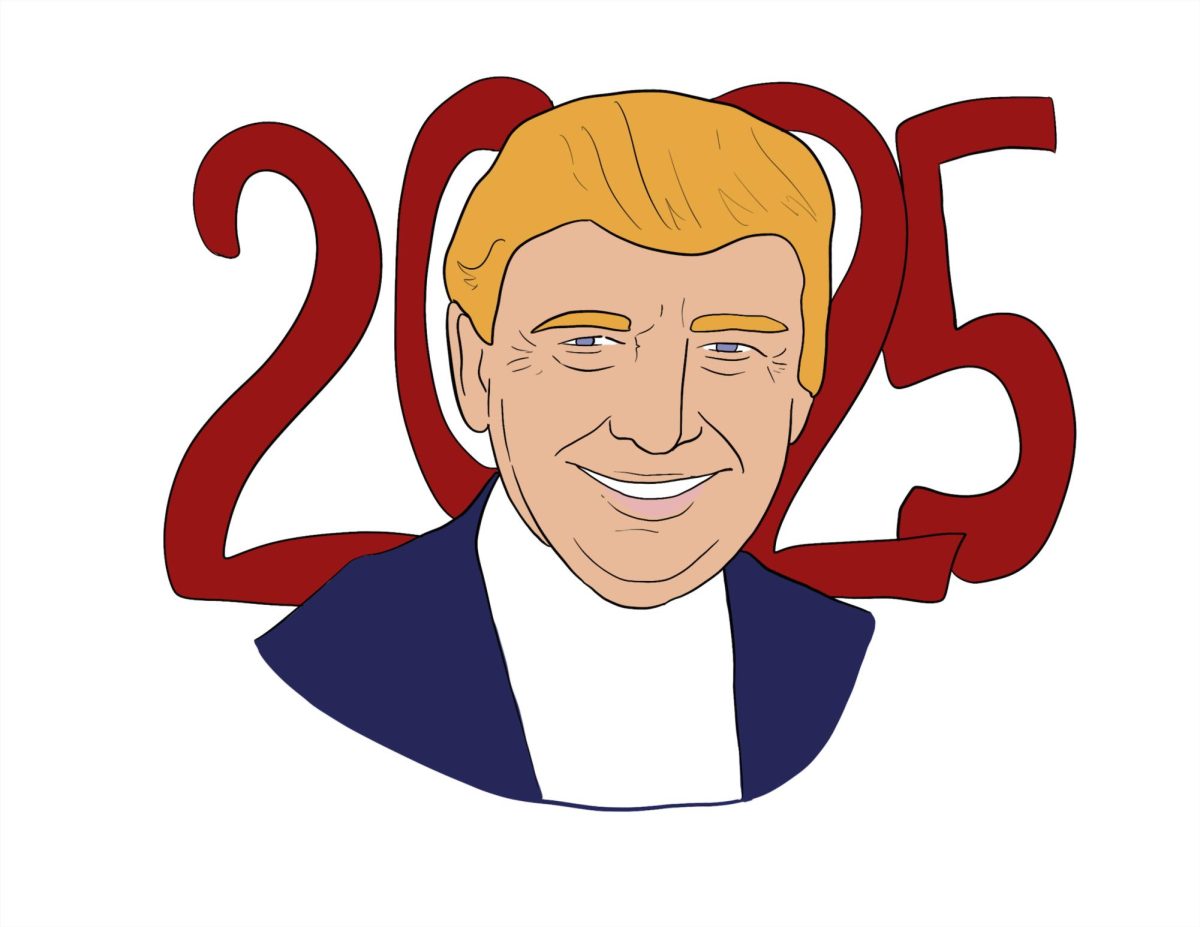AI generated images and its implications for democratic life
May 31, 2023
In the days following Trump’s indictment, memes, commentary, and criticism populated social media algorithms across the country, creating a forum by which Americans could respond to the recent presidential drama. Among the posts that gained the most attention were photos depicting sensational scenes of the arrest: Trump fleeing the scene, Trump in handcuffs, Trump fighting the authorities. The only problem: Trump hadn’t technically been arrested by the time those photos were posted.
Eliot Higgins, founder of an open-source investigative outlet called Bellingcat, tweeted artificially generated photos of the Trump arrest (which had not yet happened) which were the result of uncomplicated prompts like “Donald Trump falling down while being arrested.”
Twitter flagged these images for containing potentially misleading information, but not before they reached upwards of 5 million views.
“I think that fake news is a really big problem already, especially since we’re in an age where people prefer to look rather than read, it’s even easier to deceive people into believing certain things,” said Caleb Tuckman, secretary of Bridge USA, the political discourse club on campus. “The only reason I knew the Donald Trump thing wasn’t real was the Twitter thing below it, and like, I fully thought it was real.”
The first major AI art system, AARON, was developed by Harold Cohen at the University of California San Diego in the late 1960s. The invention served as an answer to Cohen’s initial quandary: “What are the minimum conditions under which a set of marks functions as an image?”
Although AARON produced mostly abstract, black-and-white images throughout the 1970s and 80s, the caliber of artwork churned out by the technology steadily rose as more was learned about the programming. Similarly, as the United States and the international community experience a heyday of artificial intelligence, techies have a uniquely high-quality selection of automated art generators at their disposal.
Companies like NightCafe (which was used to generate the graphic for a previous Tower AI piece), Hotspot.ai, OpenArt, and Dall-E 2 have capitalized on a newly developed digital art market, even as they frequently offer their services at low or no cost. Higgins had used one of these photo generators, Midjourney, to promulgate photos of a fictional Trump arrest.
Higgins tweeted the prompts he entered to yield the various viral images. “Donald Trump falling over while getting arrested. Fibonacci Spiral. News footage,” he wrote.
To critics, calling for heavier regulation of potentially misinformative AI images, this represents a fatal flaw of artificial intelligence-based policy. To advocates, easy access to image generation services represents hope for future development of artificial intelligence technology.
“Image generation, prompt generation, text generation uses well-defined problems, like I want a photo of Kanye wearing a funny costume, or I want a paragraph written from the perspective of Donald Trump saying this, this, this, and this,” Stone Yan, Engineering and Robotics teacher, said. “So those are well-defined problems, and so if AI can help us do that, then that frees us for more creative work or critical thinking problems that require humans to make decisions rather than spending a lot of time in the weeds doing research.”
That is to say, AI may be able to help policymakers solve the problem that AI-generated images or text may raise by freeing up more time for genuine problem solving.
But for consumers, Tuckman advises that caution and adequate media literacy can help prevent the rapid spread of misinformation, and create spaces for more productive civic discourse.
“We have to be careful and we have to check our sources, and I think that that goes with Trump being arrested, but it can affect medical spheres, it can affect criminal spheres, in terms of tampering with evidence. It’s really important that we’re more aware, not only of the media we consume, but the ways we apply it to other things,” he said. “We should take AI and use it for good, and even as a lesson. Like, ‘see that picture? That’s not real.’ I think it’s something that can be used to educate and thus bring people together.”


















